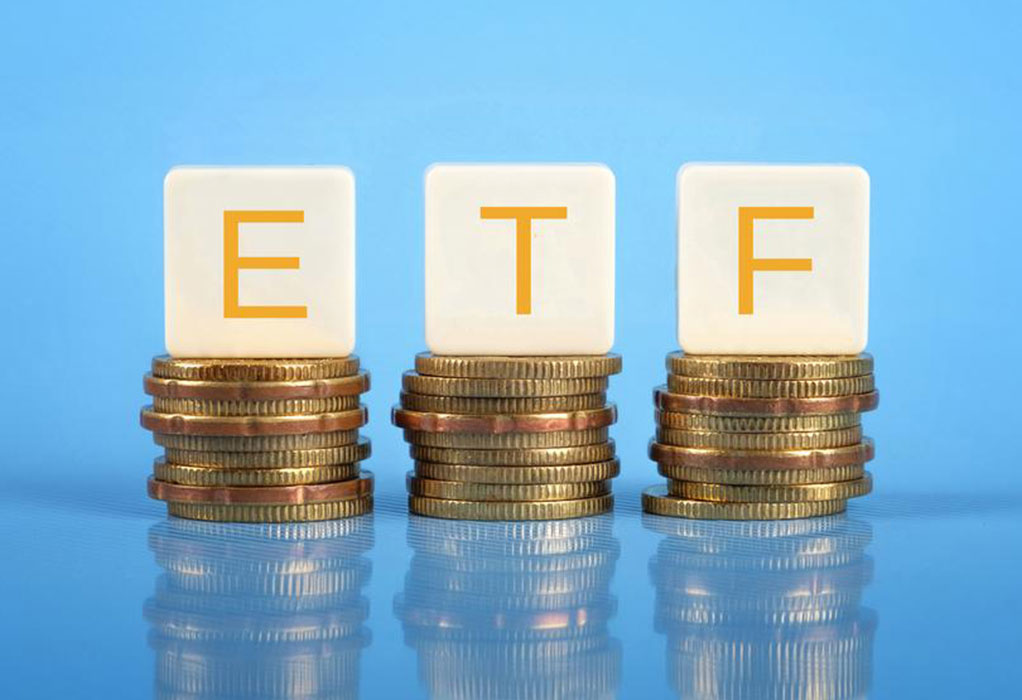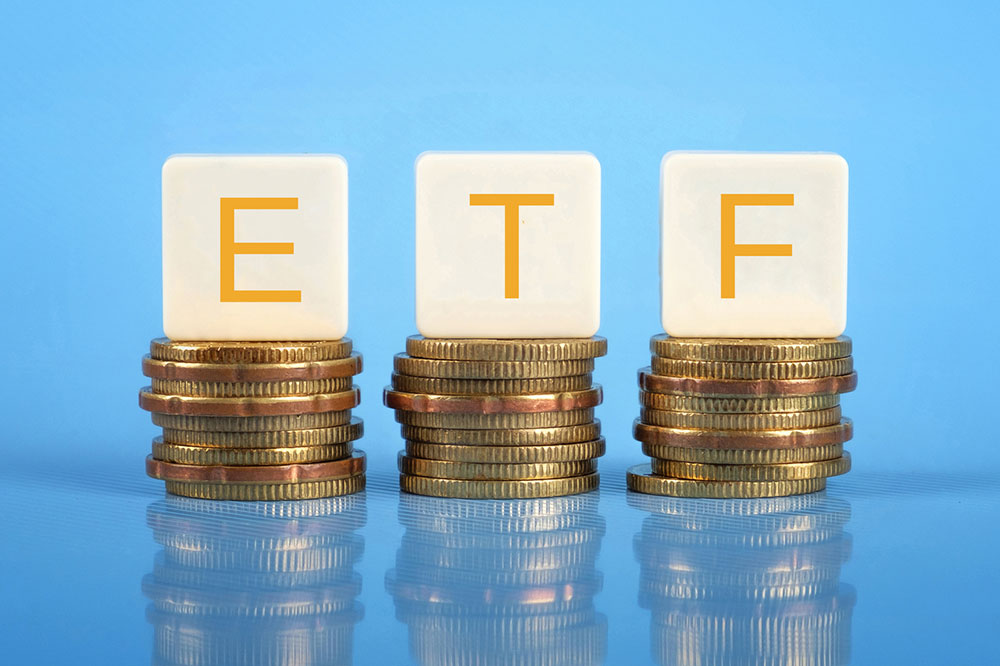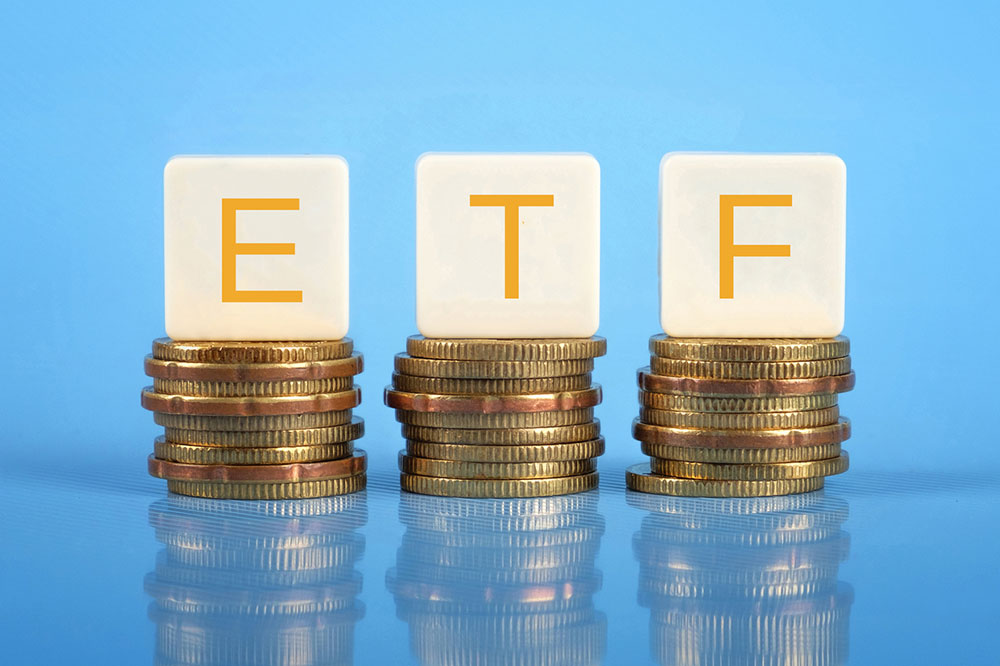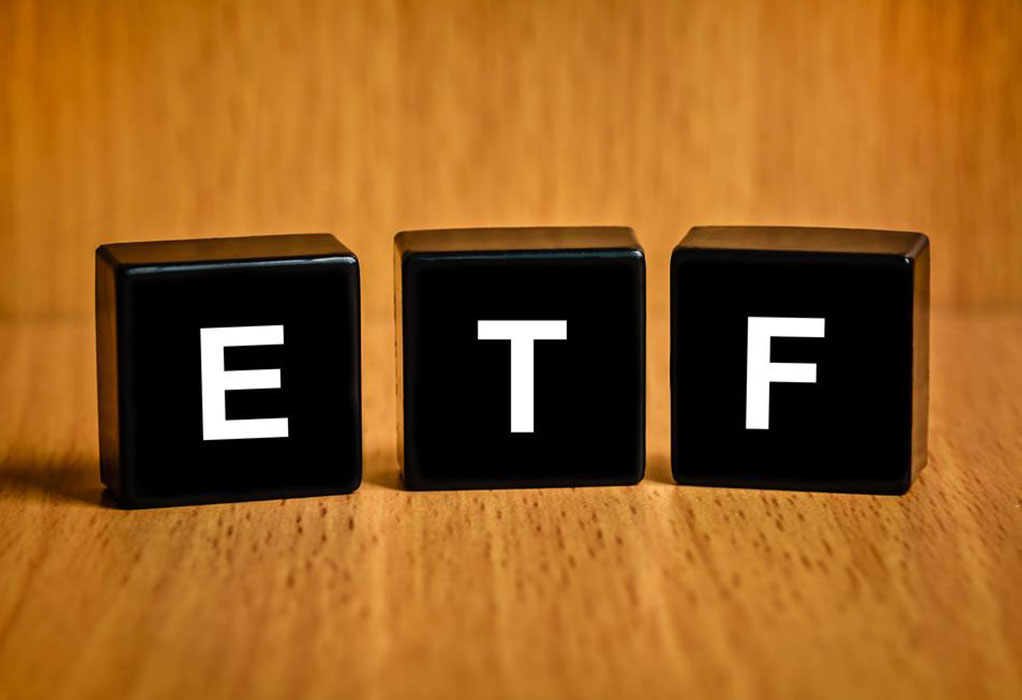Effective Strategies for Selecting Top ETF Investments
Discover the best ETF investment strategies with expert insights on cost, liquidity, and sector focus. Learn to select low-cost, high-liquidity ETFs suited for long-term growth and risk management, including sector-specific options like healthcare and energy. Avoid risky leveraged funds for safer, passive investing. Consult professionals for tailored advice.

Effective Strategies for Selecting Top ETF Investments
The ETF market currently hosts over 2,000 options with a combined value exceeding $2.3 trillion. Exchange-traded funds are grouped into 13 categories based on ownership costs, encompassing everything from equity-focused funds to niche sectors like emerging markets and specific industries worldwide. ETFs are popular due to their simplicity and passive management, translating into lower costs compared to mutual funds. Their low turnover results in tax-efficient holdings, making them ideal for taxable accounts.
However, ETFs also have drawbacks, notably annual fees that range from 0.01% to over 1%, potentially increasing trading costs relative to individual stocks. Despite this, ETFs continue to be highly favored, with most of the $2.2 trillion in U.S. ETFs tracking indexes, automatically reallocating funds according to predefined stock baskets. For 2017, the top passive ETFs, with assets exceeding $50 million and expense ratios below 0.4%, were highlighted.
Trading Insights for ETFs
Key Cost Factors in ETF Rankings include:
The expense ratio, representing annual fees charged by the fund.
The bid-ask spread or trading cost, which investors incur when buying or selling ETFs through intermediaries.
The cost offset from lending out shares, which can reduce overall ownership costs. For example, micro-cap ETFs like iShares Micro-Cap and Schwab Small-Cap leverage share lending to offset expenses, sometimes resulting in negative net costs over time.
Liquidity score, based on trading volume and bid-ask spreads, with a top score being 10. Funds with high liquidity can be traded in large volumes without impacting prices, ideal for long-term holdings.
Be cautious with ETFs that are less liquid or difficult to hedge, especially those investing internationally or in illiquid assets like small caps. Avoid trading in such funds when market momentum is aligned in the same direction, as it can amplify risks.
Avoid: Leveraged ETFs, which use derivatives and borrowing to amplify exposure or inverse performance, are risky over the long term and often unsuitable for most investors.
What to Prioritize When Choosing ETFs
Primarily, focus on low-cost options, as small annual fee differences can significantly impact long-term growth. Review expense ratios to understand yearly costs; for example, the Vanguard S&P 500 ETF offers a low expense ratio of 0.05%, costing $5 annually per $10,000 invested. Confirm performance records on the fund’s official website to ensure consistent tracking of its index.
Here are some promising ETFs across various sectors:
Vanguard Small-Cap ETF
iShares Core Russell US Growth ETF
Schwab US Large-Cap Value ETF
Vanguard Developed Markets ETF
Schwab Emerging Markets ETF
Vanguard High Dividend Yield ETF
Vanguard Long-Term Government Bond ETF
SPDR Intermediate Corporate Bond ETF
Sector-specific ETFs
Sector Focused ETFs:
Healthcare: Includes pharmaceuticals, biotech, medical devices, and hospitals, with potential for future growth driven by aging populations and medical progress.
Energy: Covers oil and gas companies, with prices influenced by resource scarcity and market demand.
Utilities: Encompasses providers of essential services like electricity, gas, water, and telecommunications, often offering stability during downturns.
Consumer Staples: Focuses on daily necessities such as food, health products, utilities, alcohol, and tobacco—ideal for diversification. Expense ratio averages around 0.14% or $14 annually per $10,000 invested.










